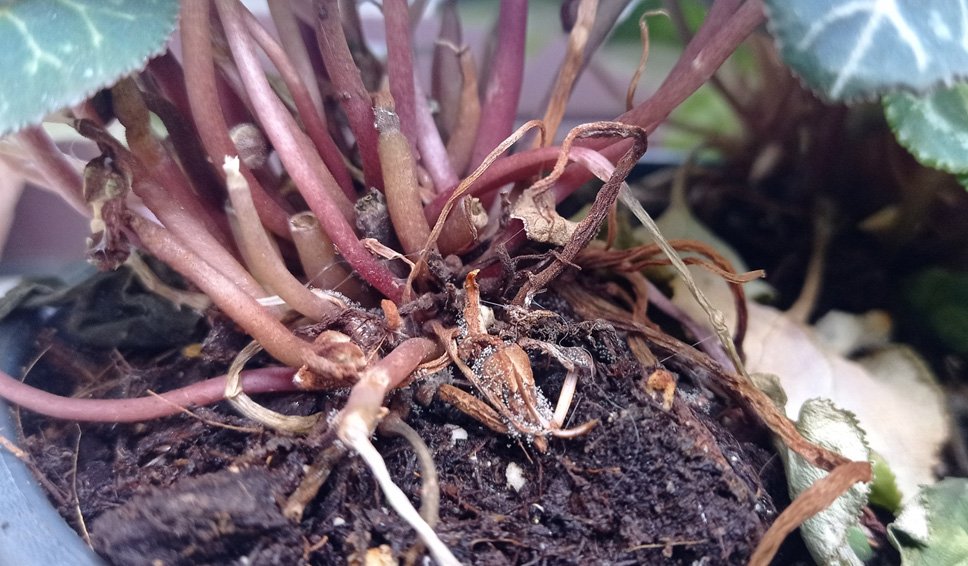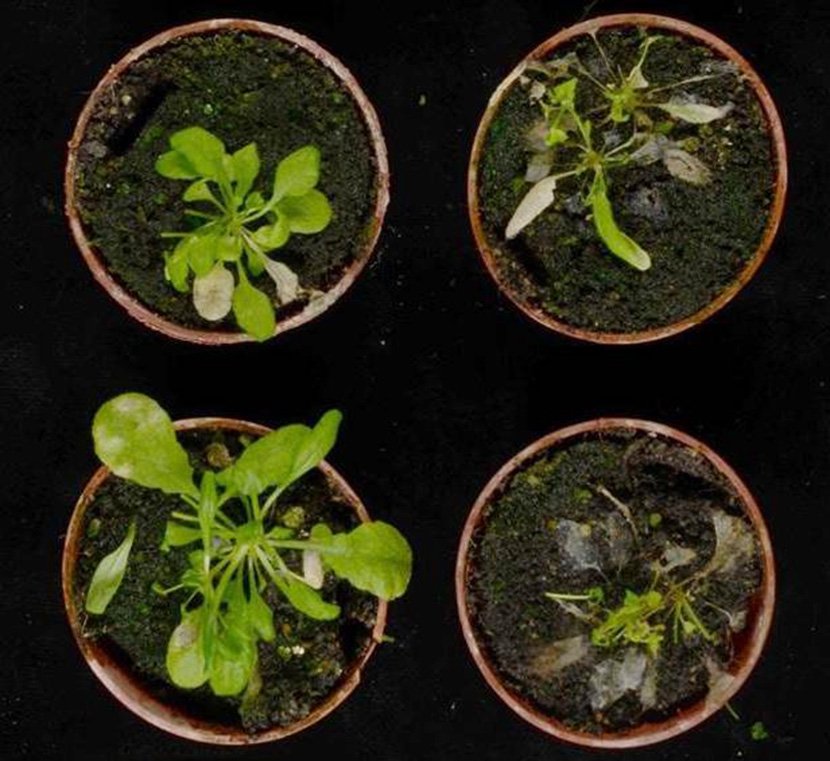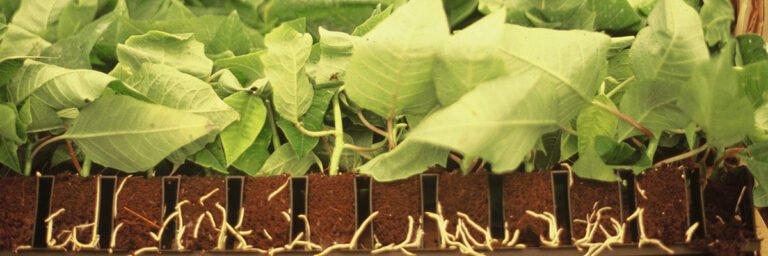The grey mold, Botrytis cinerea represents a very common fungal disease, pathogenic on many plant species, both ornamental and horticultural and fruit-bearing.
In addition to the symptoms, which are very easy to recognize, represented precisely, as its definition says, by greyish mould on many organs of the plant: leaves, stem, flowers and fruits, is characterized by the ability to survive and spread even in situations of lower temperatures than other pathogenic fungi.
The optimal conditions for development, in fact, in addition to the high relative humidity, common to most fungal diseases, represented by a wide range of temperatures, which goes from 5°C to 30°C.
Another predisposing factor, which facilitates the appearance and consequent diffusion is the high nitrogen fertilization, the latter factor predisposing to many fungal diseases, making the leaf tissues weaker, thinner and, consequently, more easily susceptible to attacks by pathogens.
During cultivation, the most susceptible phase is the transplanting of the young plants.
Another factor that makes disease particularly serious and difficult to manage is it the ability to alternate pathogenic or parasitic phases, in which, that is, there is a need for living plants, vital plant cells, with saprophytic phases, in which the fungus is able to live even on dead plant or their residues.
It is important to observe the symptoms described above, which are easy to recognize, from their appearance. If, in fact, the appearance of the symptoms is detected during the flower or fruit phase, it is too late and more difficult to control. Very often it means that we have not been careful in observing the first symptoms promptly, on stems, leaves and young stems.
Prevention is very important and it has to be applied during cultivation and also in our private gardens or vegetable gardens. A first simple preventive action is to give the adequate space to our plants, which provides proper ventilation, avoiding high relative humidity values. Another factor that allows us to do an early control is the frequent observation of the plants: recognizing the very first symptoms is in fact fundamental.
In addition to these behaviors, as said before, the right fertilization, avoiding overfertilization, especially in nitrogen fertilizers, as well as excess watering, which predispose to waterlogging. In this regard it is always recommended, to irrigate or watering during the morning, to allow for sufficient drying throughout the day.
Without mentioning here the products based on chemical active ingredients, whose registrations are often subject to continuous updating, there is also the possibility to apply biological control. There are in fact product with the microorganism Bacillus amyloliquefaciens, as active ingredient, that is able to control Botrytis cinerea and other fungal disease as root and crown diseases, soilborne fungi.












